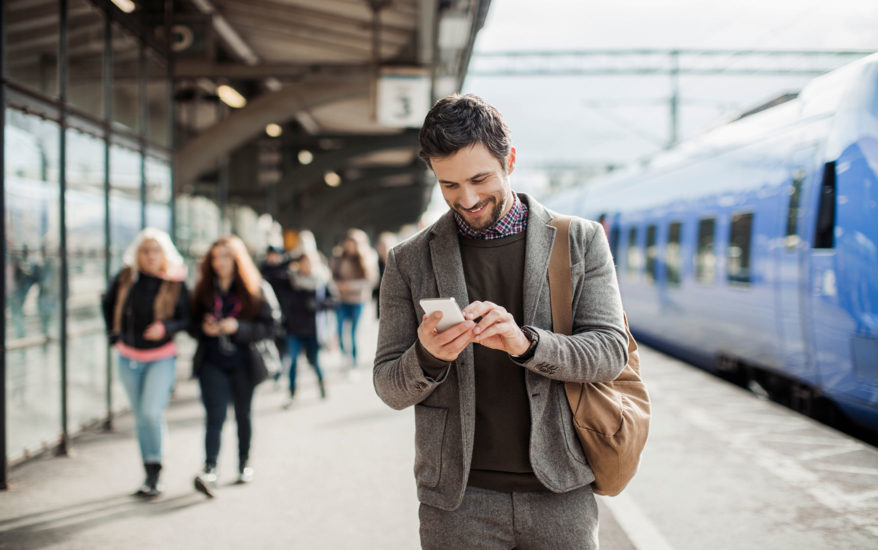
Whatever course the COVID-19 pandemic takes, social distancing will remain an important part of our working lives for some time to come. For those companies looking at how to bring some, most or all of their workforce back into a physical office environment, there is no getting around it: adaptations will need to be made, and the concerns of employees around their safety will need to be accommodated.
Some of the key elements of safe post-pandemic offices are more obvious than others. Spacing workstations out so that they’re further apart, and adopting more flexible working models to stagger office attendance, are two of the basic first steps. But one that is easily overlooked is how people travel around a building.
No-one is going to be stuck at a desk permanently from nine to five, they will need to move around to other areas for a variety of reasons: food, drink, a bathroom break, meetings, or simply just to get in and out at the start and end of the day.
So what can you do to ensure workforce movement doesn’t leave you at risk of breaching distancing guidelines, or your staff at risk of infection?
Here are five key factors to consider:
1. Know before they go
While employees need to move around a building, not all movements are necessary. And at a time when workstations and floor plans are being rearranged, an employee who is aimlessly scouring the building for their desk is making more trips and covering more ground than they really need to. The best way to prevent this is to ensure teams know exactly where they will be working, and when, before they even reach the building. Armed with this information they can attain through workspace scheduling technology, they can make a beeline straight for their allocated desk on arrival, without any need for deviation.
2. Check in, check out
Connected to the point above, employees should be able to avoid human contact as much as possible as they enter or exit the building. Instead of having to clock in or out manually, or sign in or out at reception, a desk booking kiosk can help them sign in themselves. At the same time, they can check information about how to get to their workstation, and look up other colleagues to confirm whether or not they are in the building at that particular time. This also removes risk from reception or front-of-house staff, whose only related duty is to keep the kiosk regularly sanitized.
3. Passing places
So employees can get in and out of the building ok, and they can operate from a workstation that’s sufficiently separated from those around them, great. But what if they need to get up to get a coffee, or travel to a meeting, or even just go to the bathroom? One-way systems can help rationalize these ad-hoc movements, but that may not take into consideration people whose workstations sit on ‘common’ routes. These day-to-day flows of people must be considered when laying out a new floorplan, and when allocating desks to individual employees.
4. Adapt and evolve
Most businesses will be undergoing significant and sudden changes in the months and years ahead, and so workplace design will have to change with it. A plan that may be suitable for distancing and staggered office attendance now may not be suitable in the future. It’s therefore critical to keep track of how workstations and workspaces are used, and to use analytics to identify potential pain points and areas of high risk, so that actions can constantly be taken to keep everyone safe.
5. Who, where, when and with whom
If anyone within an office environment starts showing symptoms of COVID-19, it’s essential that an employer can gain immediate access to where that person has been within the office, at what times, and who they have come into close contact with. Technology that incorporates workstation and meeting room scheduling can quickly and easily collate that information for fast contact tracing, so that decisive and appropriate measures can quickly be taken to prevent any potential spread of infection.



